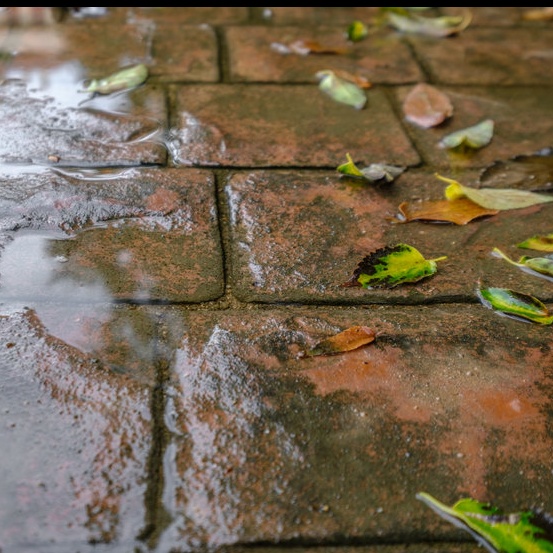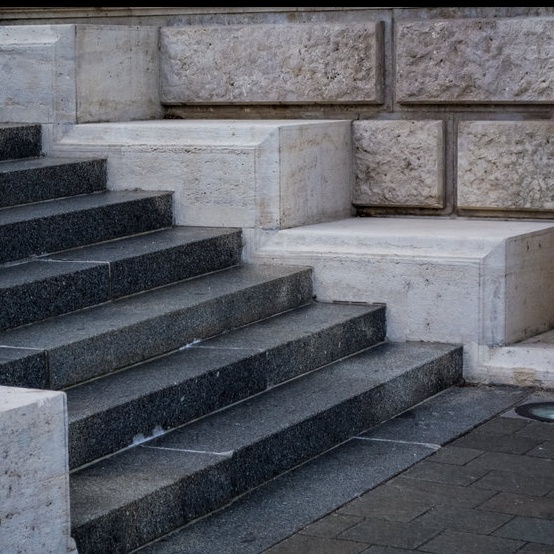
What is concrete waterproofing?
Why do you need to waterproof concrete, doesn’t it come that way already? Concrete is a durable material in all-weather types and with water, however, for concrete to maintain its strength and to protect the re-bar inside the concrete, waterproofing is necessary.
When concrete is exposed to water overtime, it erodes. This is why concrete waterproofing is necessary. Without concrete waterproofing, the concrete will deteriorate as it erodes, and repairs are expensive. With concrete waterproofing, water can’t seep into the material.
What is the best waterproofing for concrete?
Concrete waterproofing companies can use a few different ways for concrete waterproofing. It will depend on the surface’s integrity the process they use. There are products and ways that you can do your own concrete waterproofing.
However, using a contractor service that does this will guarantee a better and long-lasting outcome. There are steps to be followed in preparing the concrete for waterproofing and a contractor will have the knowledge and the equipment to do this so that the waterproofing takes and stays. The different ways that can be used for concrete waterproofing include:
Liquid Application Concrete Waterproofing
This is the most common used way and is designed specifically for that purpose. This is a thick gel substance that becomes a rubber-like coating after it is applied to the concrete wall. For a successful application, the concrete should be completely cured and cleaned. It is applied with a mop or roller made specifically for concrete waterproofing. Once the application is on, allow it to thoroughly dry to a rubber-like texture,
Crystalline Slurry Concrete Waterproofing Compound
This is an effective waterproofing product that when it is applied to the concrete, it has a chemical reaction with water and un-hydrated cement particles. The capillary pores & micro-cracks are filled with needle-shaped crystals, resulting in altered concrete crystals that block water & waterborne contaminants permanently. Any moisture that is introduced to the concrete surface will crystallize and create more waterproofing protection.
Rubberized Concrete Waterproofing Sheets
Another technique is large squares of rubberized sheets with a sticky touch that are placed against a below grade concrete wall. With the sheets in place, they become permanently adhered and provide a thick uniformed coverage. The weak points are the seams between the sheets.
Cementitious Waterproofing
This technique is user-friendly and is put on the concrete surface like mortar. When this material is mixed and put on in thick uniform layer then dries, it becomes as hard as the concrete. This method is not flexible and is prone to cracking.
Bentonite Concrete Waterproofing Sheets
A cardboard looking material that is layered with bentonite waterproofing material sandwiched with the below grade concrete. As water penetrates these layers, the clay expands until it has become swollen beyond its original size. Water is needed to activate this concrete waterproofing material, making it difficult to determine if water has penetrated the material.
If you want to try to do your own concrete waterproofing, you’ll need to know where to get concrete waterproofing materials, and fortunately, they are available at local home improvement stores and specialty stores. Following the instructions on how to seal and waterproof concrete is important or the whole process will require repairs and another round of concrete sealer and waterproofing, either by you or an experienced contractor.
What can happen if your concrete waterproofing isn’t done right? Without a good seal of concrete waterproofing material, moisture will seep and soak in, damaging the concrete in several ways, including:
- Contracting with the temperature
- Expanding with the temperature
- Cracking especially in ice and snow
For concrete that is below the grade, these reactions to concrete waterproofing not done or done incorrectly can be devastating to the structure above the concrete. When homes are being built with a basement, concrete waterproofing is done (or should be) to the exterior walls. In early days, it is possible this wasn’t done, but homes built today, concrete waterproofing is required.

Waterproofing older homes
Fortunately, if you have discovered your older home has a basement that concrete waterproofing did not happen, it can be done after the fact using a concrete sealer. If you aren’t sure your basement has concrete waterproofing done, the following are indicators that it is not:
- Constant damp, musty odor.
- Mold constant present.
- Growth like flowers, grass, weeds through the outer wall cracks.
- Cracks in the floor and walls.
- Walls bowed.
- Water marks on ceiling and walls.
If you have any or all of these happening in your basement, consult with an engineer about the stability of your home and then a contractor that can apply a concrete waterproofing. You may check with your homeowner’s insurance to see if you have any coverage to help with this repair. Call 254-716-8685 today for your concrete waterproofing needs in Waco and Temple, TX.
